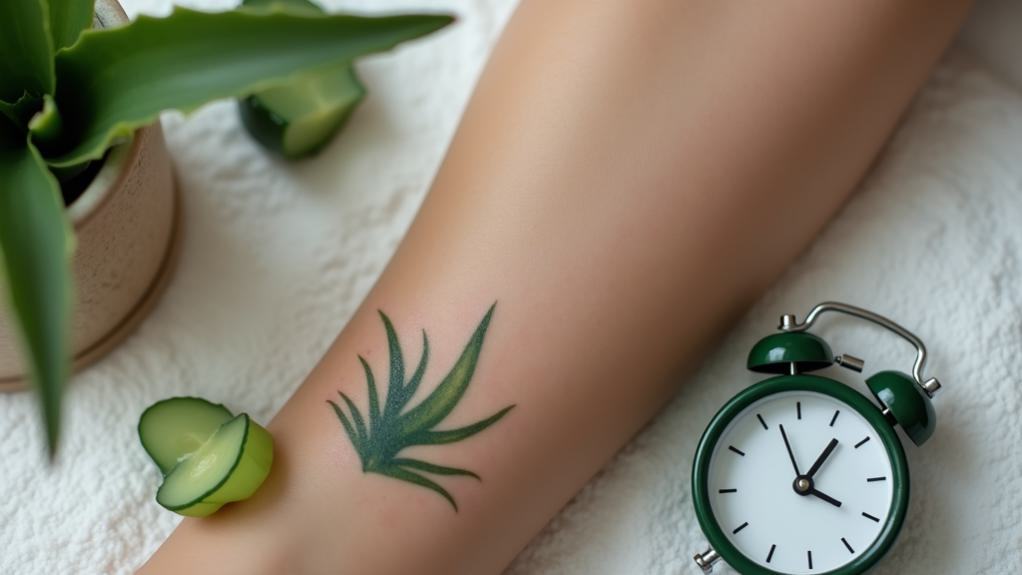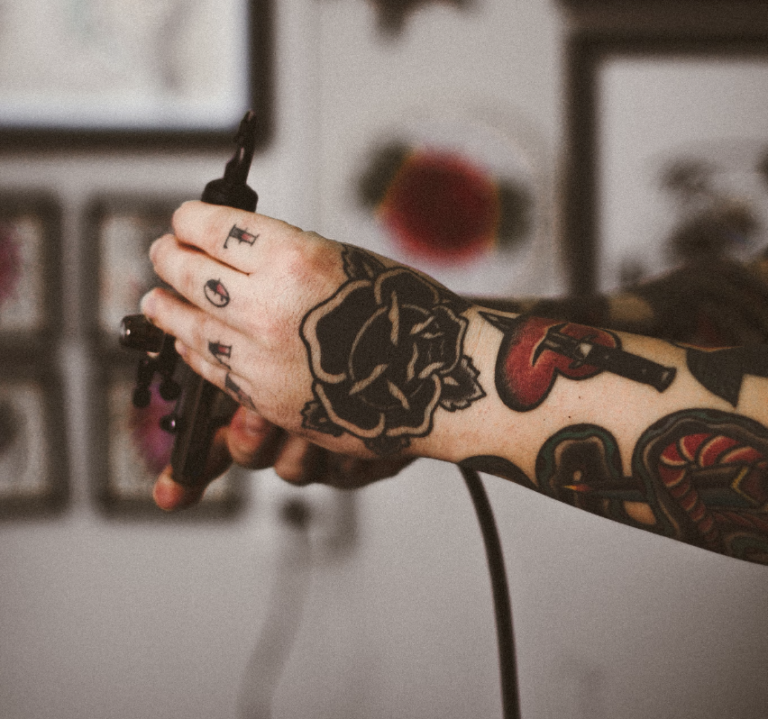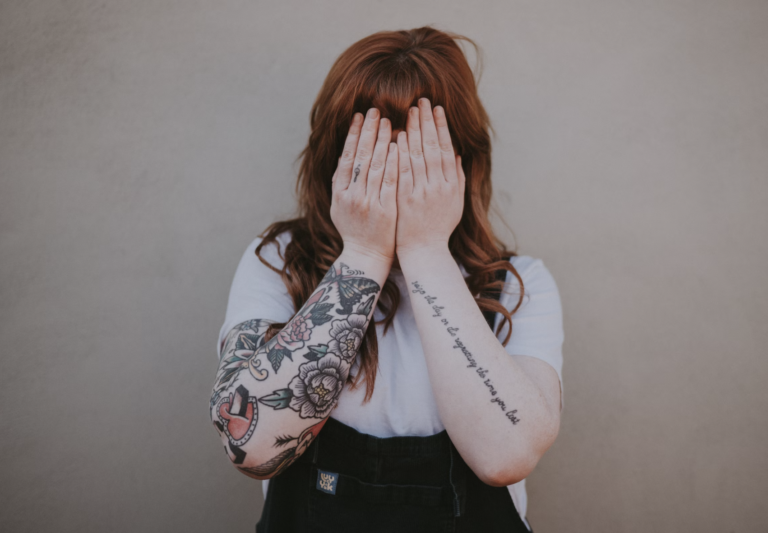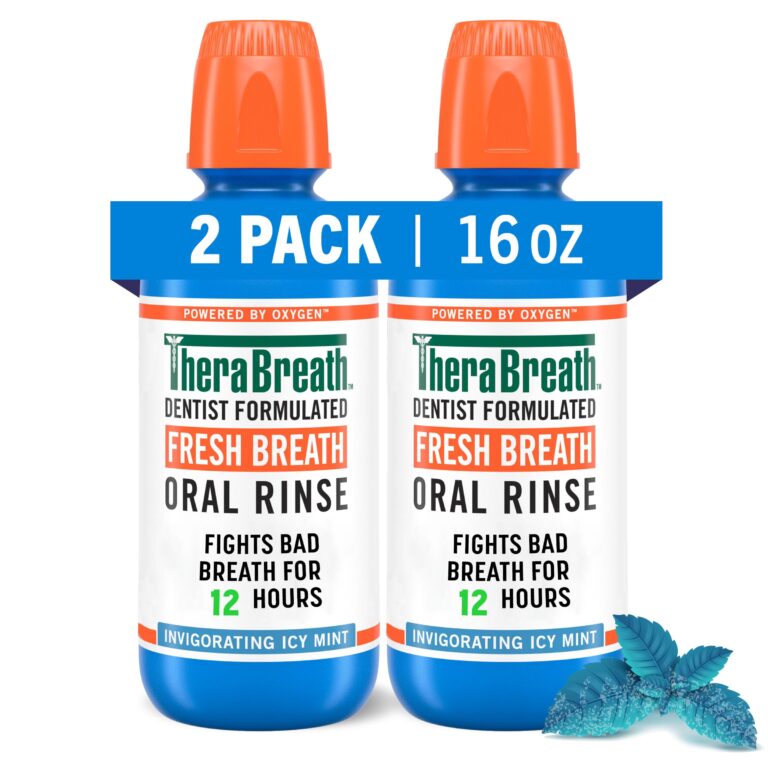A tattoo is a form of body art created by inserting ink into the skin's dermis layer, resulting in a permanent design.
Understanding how long it takes for a tattoo to heal is crucial for maintaining its appearance over time. The healing process typically involves three main stages: inflammation, proliferation, and maturation.
The inflammation stage lasts about two weeks, but complete recovery can take several months, depending on factors such as the tattoo's size and location.
In this guide, we will explore the healing stages, signs of proper healing, and tips for supporting your tattoo's recovery while avoiding complications.
Understanding Tattoo Healing Stages
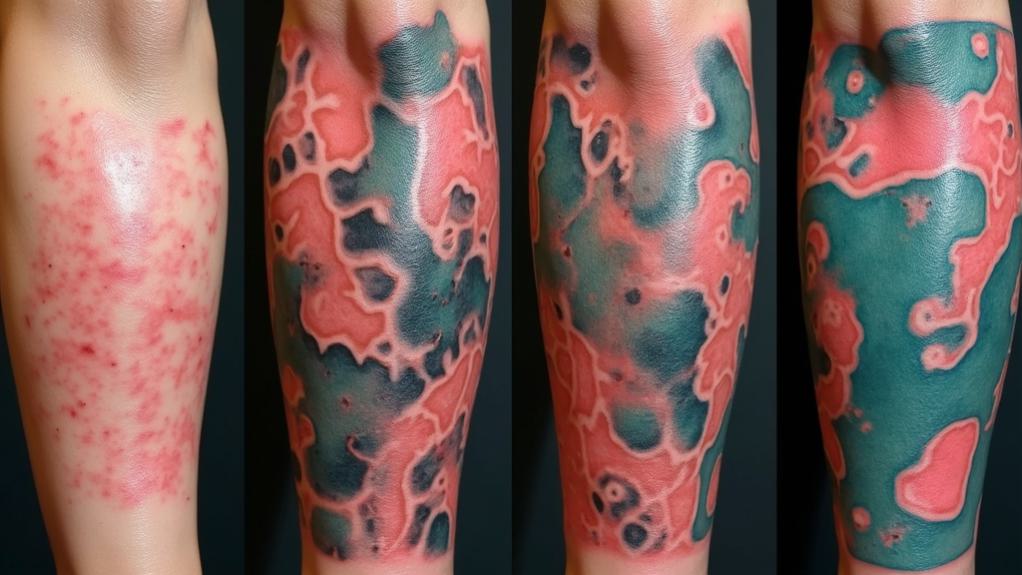
When you get a tattoo, the healing process typically unfolds in three distinct stages: inflammation, proliferation, and maturation.
During the inflammation stage, which may last about the first week, you may experience redness, swelling, and tenderness as your body reacts to the trauma of tattooing.
It's important to keep the area clean and moisturized to promote healing.
The proliferation stage may last around two to three weeks. During this time, your skin may start to regenerate, and the outer layer may form a scab.
You may notice peeling or flaking as dead skin cells shed.
It's crucial to resist picking at the scab; allowing it to fall off naturally may help preserve the tattoo's integrity.
Average Healing Timeframes
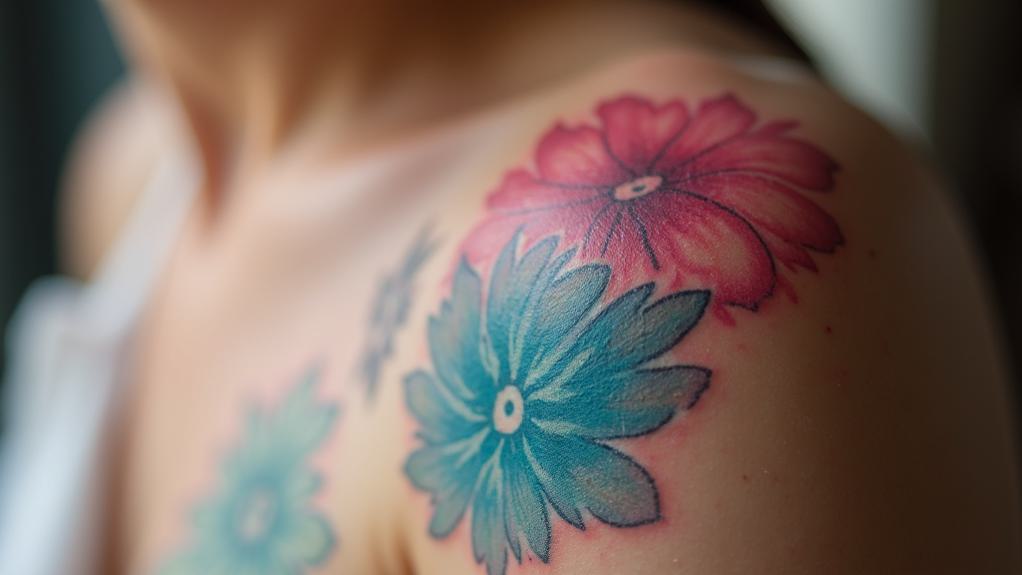
When you get a tattoo, the healing process typically unfolds in distinct phases.
The initial healing phase usually takes about two weeks, while full healing can stretch up to several months.
Understanding these timeframes helps you care for your new ink properly and enjoy it for years to come.
Initial Healing Phase
The initial healing phase of a tattoo typically lasts about two weeks. During this time, your tattoo may form a protective scab.
Right after getting inked, your skin may look vibrant and fresh, but within a few days, swelling and redness may occur, which is completely normal.
In the first week, your tattoo may weep and ooze, which is your body's natural healing process. You may also experience some itching as your skin repairs itself.
It's essential to resist the urge to scratch or pick at the scabs, as this may lead to scarring or color loss.
Full Healing Duration
The complete healing process of your tattoo may take anywhere from three to six months after the initial healing phase, which lasts about two weeks.
During this time, your skin may still be repairing itself, even if the surface appears better.
In the first couple of weeks, your tattoo may scab and peel, and colors may appear less vibrant as healing progresses, which is normal.
To support healing, it's important to keep your tattoo moisturized and avoid soaking it in water, such as swimming pools or hot tubs.
Sun exposure may be harmful, so it's advisable to cover the tattoo or use sunscreen once it's healed enough.
Be vigilant for signs of infection, such as excessive redness or pus.
If you notice these symptoms, consult a professional.
Factors Affecting Healing Duration

Healing duration for a tattoo may vary significantly based on several factors. The size and complexity of the tattoo may affect healing time; larger and more intricate designs may take longer to heal than smaller, simpler ones.
The location of the tattoo may also influence healing duration; areas with more movement, such as elbows or knees, may experience longer healing times due to increased friction.
Your skin type and individual healing capacity may play a role as well. If you have sensitive skin or existing skin conditions, the healing process may be prolonged.
Additionally, your overall health and lifestyle choices, including diet, hydration, and exercise, may directly impact the speed of your tattoo's healing.
Proper aftercare is essential; failure to follow the aftercare instructions from your artist may lead to complications that delay healing.
Lastly, the artist's technique may affect healing duration—tattoos from skilled artists may heal faster compared to those from less experienced artists.
Being aware of these factors may help ensure a smoother healing process for your new ink.
Signs of Proper Healing
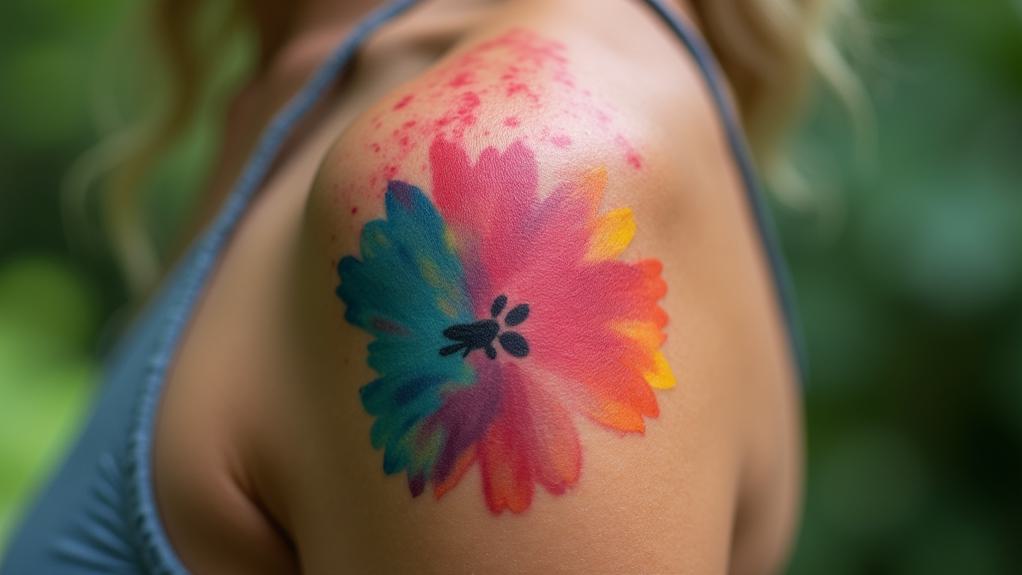
Signs of proper healing include a gradual reduction in redness and swelling, formation of small scabs, and mild itching.
Initially, redness and swelling may be present, but as healing progresses, these symptoms typically subside.
The appearance of thin scabs is normal, serving as a protective barrier while your skin regenerates; if the scabs are small and don't cover the entire tattoo, it may indicate good healing.
Additionally, mild itching may occur, and a reduction in itching over time may suggest that your skin is healing well.
Common Healing Complications
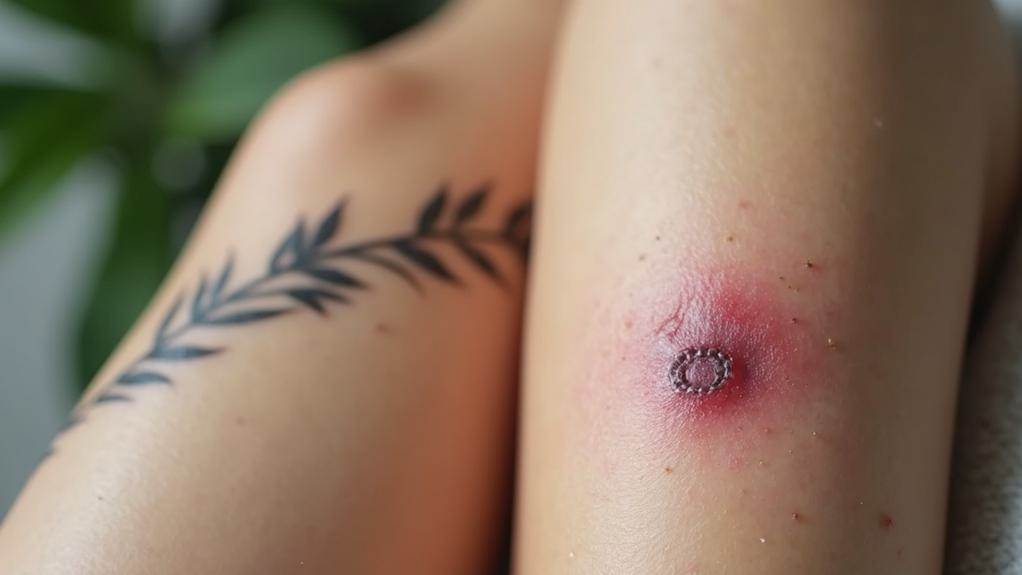
Experiencing complications during the tattoo healing process can be concerning. Common issues include:
- Infection: Increased redness, swelling, or pus may indicate an infection, and medical attention should be sought immediately.
- Excessive Itching or Scabbing: While some itching may be normal, unbearable itching or large scabs may suggest a problem. Scratching may worsen the situation and lead to scarring.
- Color Fading or Distortion: Exposure to excessive sunlight or water may cause color fading or distortion during the healing process, though it often improves after full healing.
- Allergic Reactions: Rashes or bumps may occur as a result of an allergic reaction to tattoo ink. Consulting your tattoo artist or a dermatologist is advisable if you suspect an allergy.
- Uneven Healing: The tattoo may heal unevenly, leading to patchy spots. A touch-up may be considered once the healing process is complete.
Being aware of these complications allows you to respond appropriately and helps ensure your tattoo heals beautifully.
Aftercare Tips for Tattoos
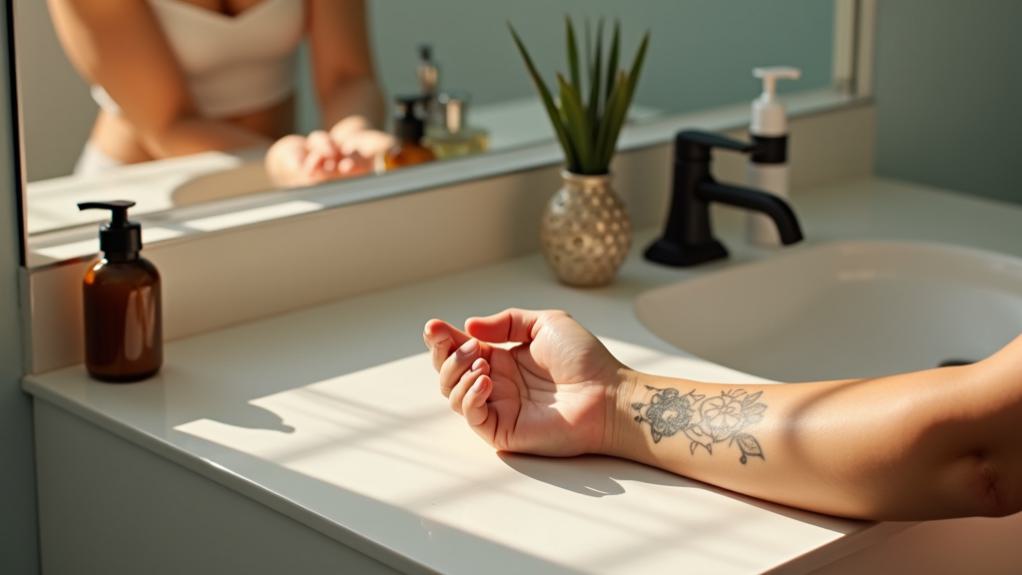
After getting your tattoo, it's essential to cleanse it gently and regularly to prevent infection.
Keeping the area moisturized will promote ideal healing, so don't skip that step.
Also, remember to avoid sun exposure, as it can damage your new ink and hinder the healing process.
Cleanse Gently and Regularly
To ensure your tattoo heals properly, cleanse it gently and regularly. Wash your hands thoroughly before touching your tattoo, and use lukewarm water with a mild, fragrance-free soap.
Gently lather the soap with your fingertips, avoiding scrubbing to prevent skin damage. Rinse thoroughly to remove all soap residue and pat dry with a clean, soft towel—do not rub, as this may irritate the skin.
It's advisable to perform this cleansing routine at least twice a day for the first couple of weeks.
Monitor your tattoo for any signs of infection, such as excessive redness, swelling, or discharge. If you observe any of these symptoms, consult a professional immediately.
While keeping your tattoo clean is important, excessive washing may strip away natural oils and delay healing. Maintain a gentle and consistent cleansing routine for optimal healing.
Moisturize for Optimal Healing
Moisturizing your tattoo may help prevent excessive dryness and flaking, promoting faster healing and maintaining the tattoo's appearance.
Start moisturizing about 2-3 days after getting your tattoo, using a fragrance-free, gentle moisturizer or a tattoo aftercare ointment recommended by your artist. Apply a thin layer 2-3 times a day, especially during the first couple of weeks, and pay attention to signs of tightness or dryness in your skin.
Avoid products with alcohol, fragrances, or dyes, as they may irritate your tattoo. Opt for natural ingredients whenever possible to support optimal healing.
Avoid Sun Exposure
Protecting your tattoo from sun exposure is vital to prevent fading and complications during the healing process. Direct sunlight may damage vibrant colors and hinder healing. For the first few weeks after getting your tattoo, keep it out of the sun as much as possible.
When outside, wear loose-fitting clothing that covers your tattoo. If exposure is unavoidable, apply a broad-spectrum sunscreen with at least SPF 30 to the tattooed area and reapply every two hours, especially if swimming or sweating.
Even after healing, sun protection may be important as UV rays may still cause fading over time. Make it a habit to use sunscreen whenever you're in the sun.
Additionally, consider staying in the shade or wearing a hat to shield your skin. By prioritizing sun protection, you may help maintain the beauty and vibrancy of your tattoo for years to come.
When to Seek Professional Help
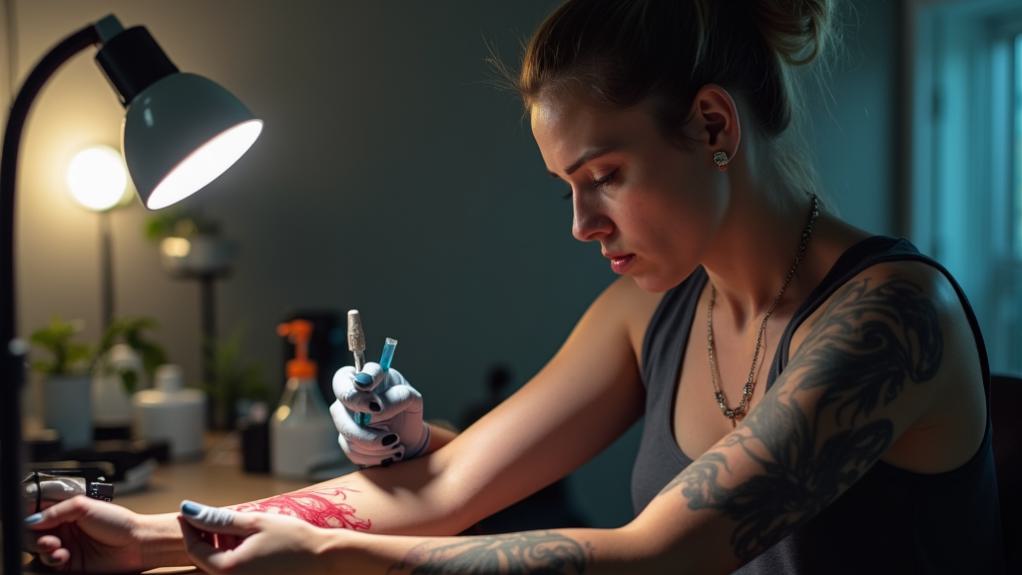
When to seek professional help for a healing tattoo includes noticing excessive redness, swelling, or persistent pain that doesn't improve after a few days.
These symptoms may indicate an infection or allergic reaction, which require immediate attention from a dermatologist or tattoo artist.
If you observe pus or a foul odor from the tattoo, or if the healing process seems unusually slow—taking longer than three weeks—it's advisable to consult a professional.
Additionally, the tattoo may appear to be fading or losing color significantly, which warrants expert advice.
Fever or chills may also be signs of a serious infection, and you shouldn't ignore your instincts; if something feels off, trust your judgment.
Proper healing is crucial for both your health and the quality of your tattoo.
Myths About Tattoo Healing
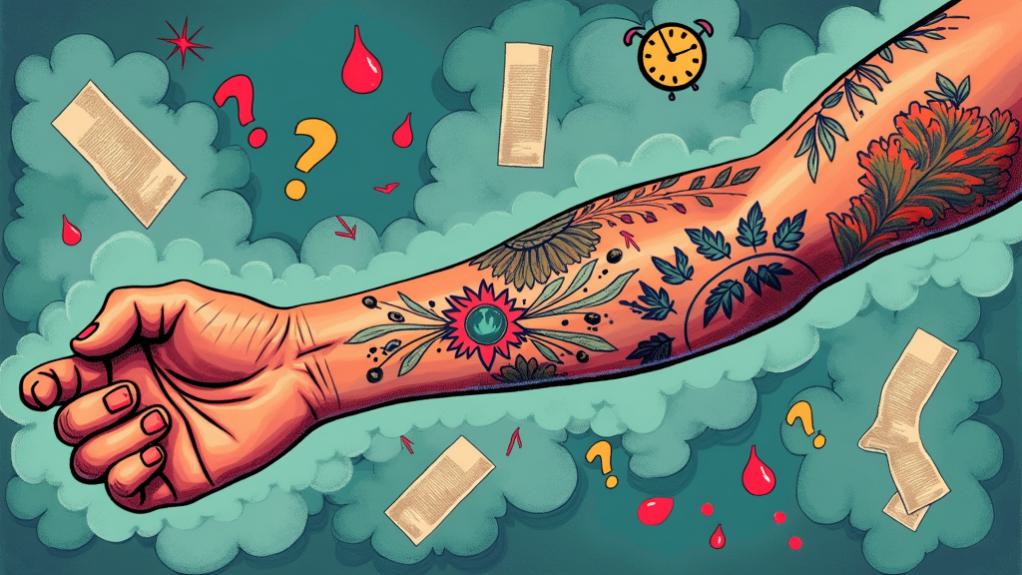
Many people believe in common myths about tattoo healing that can lead to misinformation and improper care. Tattoos may take about two weeks for initial healing, but complete healing, including deeper skin layers, may take several months.
Prolonged covering of your tattoo with plastic wrap may trap moisture and cause infections. It's vital to let your skin breathe after the initial covering period.
You may hear that swimming or showering isn't allowed after getting a tattoo. While you should avoid submerging your tattoo in water, showering may be fine as long as you keep it clean and dry afterward.
Some believe that all tattoos bleed excessively after getting inked. While some bleeding may be normal, excessive bleeding may indicate a problem, and you should consult a professional.
Frequently Asked Questions
Can I Swim in a Pool While My Tattoo Is Healing?
You shouldn't swim in a pool while your tattoo is healing.
Chlorine and other chemicals may irritate your fresh ink and may increase the risk of infection. It's best to wait until your tattoo is fully healed before diving in.
This may take a few weeks, depending on the size and placement of your tattoo.
Keep it clean and dry, and follow your artist's aftercare instructions to ensure ideal healing.
How Can I Tell if My Tattoo Is Infected?
To determine if your tattoo is infected, look for symptoms such as spreading redness, increased swelling, or warmth.
You may notice pus or an unusual odor, and if the area feels painful rather than just tender, that's a warning sign.
A fever may also indicate an infection.
If you experience these symptoms, it's advisable to consult a healthcare professional, as early intervention may help prevent further complications.
Are There Specific Foods That Aid Tattoo Healing?
Certain foods may help your tattoo heal faster. Focus on consuming foods rich in vitamins A, C, and E, such as leafy greens, citrus fruits, and nuts.
Omega-3 fatty acids found in fish may also reduce inflammation. Staying hydrated is essential, so drink plenty of water.
It may be beneficial to avoid processed foods and sugar, as they may hinder the healing process. By choosing the right foods, you may support your body's natural healing abilities.
Does Skin Type Affect Tattoo Healing Time?
Yes, your skin type may affect how quickly your tattoo heals.
If you have oily skin, it may take longer due to excess oil interfering with the healing process.
Conversely, dry skin may lead to flaking and irritation, prolonging healing as well.
It's important to keep your skin moisturized and follow aftercare instructions tailored to your skin type.
Pay attention to how your skin reacts, and adjust your care accordingly for the best results.
Can I Cover My Tattoo With Clothing During Healing?
Yes, you may cover your tattoo with clothing during the healing process, but be careful.
Make sure the fabric is clean and breathable to avoid irritation. Loose clothing may work best, as tight fabrics can rub against the tattoo and cause discomfort.
Keep an eye on the tattoo for any signs of excessive redness or irritation. If that happens, you may consider letting it breathe more often to guarantee proper healing.
Conclusion
To sum up, understanding the healing process of your tattoo is key to achieving the best results. While it typically takes two weeks for initial healing and up to six months for full recovery, factors like size and location can vary the timeframe. By recognizing the signs of proper healing and following essential aftercare tips, you'll help your tattoo look vibrant and fresh. Remember, if you notice anything unusual, don't hesitate to seek professional help. Happy healing!

